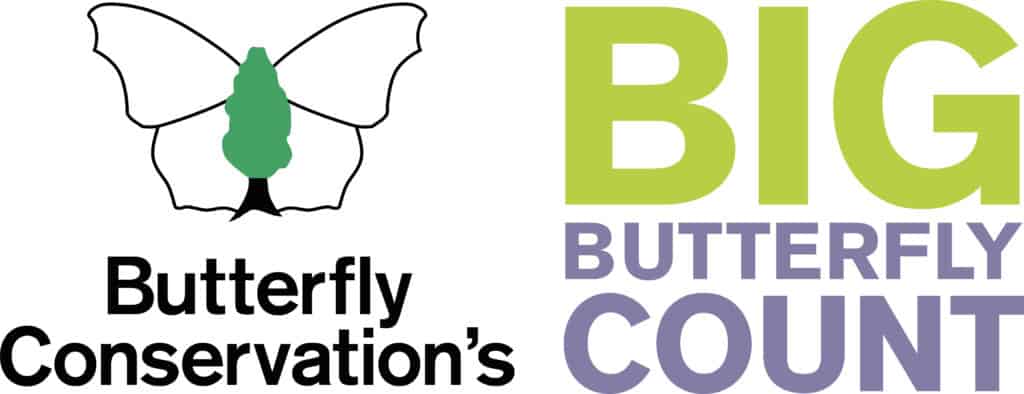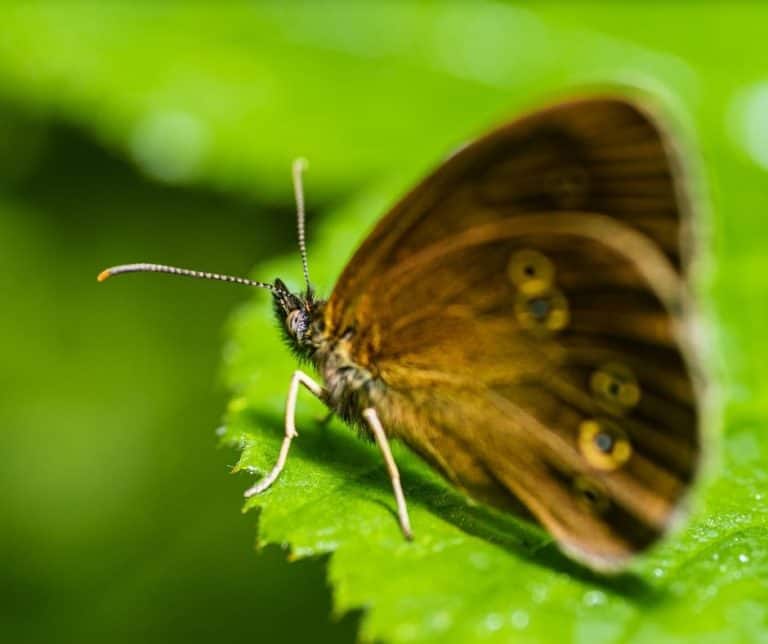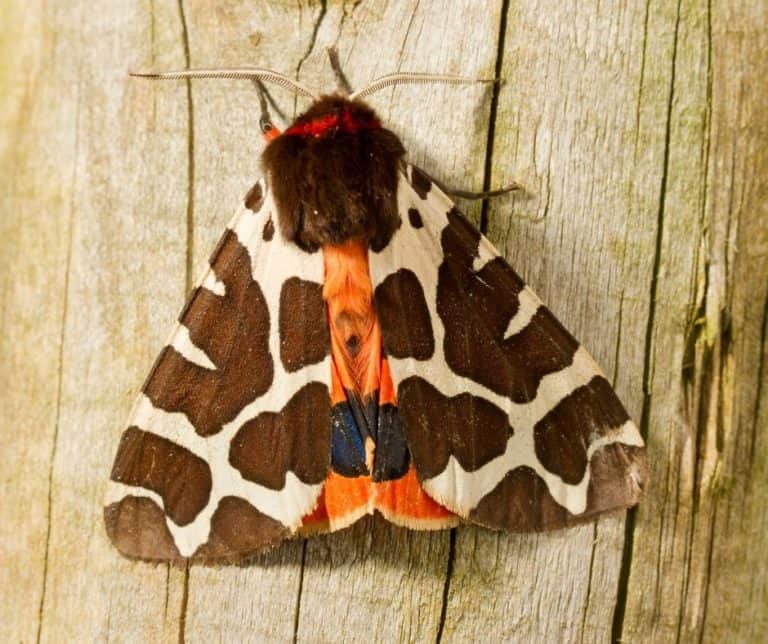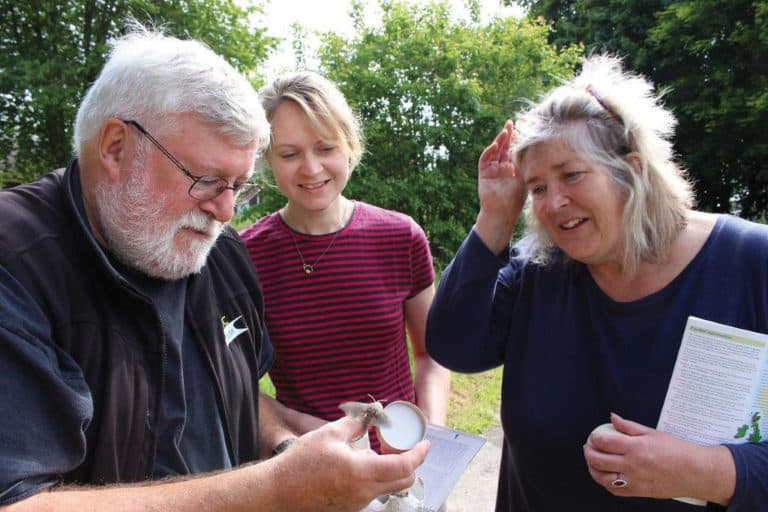
Will you be taking part in Butterfly Conservation’s Big Butterfly Count 2022?
Between the 15th July and 7th August, this citizen science project aims to encourage us to count the butterflies we see, in a bid to better understand the UK’s butterfly population.
Launched in 2010, this survey of butterflies has now become the largest of its kind with over 100,000 of us joining in last year. A total of more than 150,000 butterflies and day flying moths were counted in 2021.
What do we already know about Butterflies and Moths?
Butterflies and moths are some of the most beautiful and most recognisable insects that visit our gardens.
Butterflies and Moths may live as adults for only a short period of time (a few days or weeks), however their whole life cycle can take much longer (months or years). The amount of time each life stage takes will also depend on the specific species, but these are the four main stages that butterflies and moths will go through:
Egg – All butterflies and moths will start their life as an egg. The egg is a small, oval/round or cylindrical shape usually found on the leaves of specific host plants. Although they are very small, the caterpillar can sometimes be seen growing inside.
Caterpillar – This is the second stage. Once the egg hatches, a caterpillar (larva) will emerge. It will eat the leaf it has been born on to survive, chosen specifically by the mother (although some species may feed on other things such as roots and grasses).
Pupa – Once the caterpillar is fully grown, it will go through the third stage of the lifecycle. The caterpillar will go through an amazing cellular transformation, known as metamorphosis, developing into a pupa. ‘Chrysalis’ has the same meaning as pupa, but it is a term used exclusively for butterflies. Moths develop into pupa, although some species develop silk casing around it, also known as a ‘cocoon’. This stage can range from several days to a whole year.
Adult – This is the final stage. The butterfly or moth will have emerged from its pupa with soft, crinkled wings. It will immediately find a place to rest to allow its wings to expand and dry. Once they have, it’s time to fly and find a mate. And with every new egg laid, the cycle starts all over again.
Butterflies are cold blooded (ectotherms), meaning they rely on external sources to increase their body temperature. On sunny days you will see butterflies resting in sunny spots to warm up in preparation for flight, or fuelling up on nectar. It is important for them to have access to nectar throughout spring, summer and autumn.
Here are some plants which could be a real hit with the butterfly population in your area and could encourage them to visit your garden.
The Importance of Recording Butterflies
Butterflies are an important part of ecosystems, not only as a pollinator, but as components of the food chain too.
In a recent re assessment of butterfly extinction risks, it has been revealed that around half of the UK’s native species have now been added to the red list according to Butterfly Conservation..
Of the 62 species assessed, 4 are extinct in Britain. The Black-veined White, Large Tortoiseshell, Large Copper, and Mazarine Blue.
Of the remaining species:
The data, collected by Butterfly Conservation was gathered by volunteers through the UK Butterfly Monitoring Scheme and Butterflies for the New Millennium recording scheme.
With this obvious decline in British butterfly species, much more needs to be done to protect our butterflies from environmental effects such as climate change and the changing of land management.
There are, however, some improvements in status for those species that have been the focus of concentrated conservation efforts in recent years, proving that there is hope.
A better understanding and awareness of the importance of this insect group, their conservation, their ecology and regular recording, could turn the tide on this decline.
To discover more of Butterfly Conservation’s findings, you can visit their website.
How to Take Part
All you’ll need to do is choose somewhere where you can sit comfortably and quietly for 15 minutes. This could be in your garden, local park, school, fields or forests and ideally, on a bright and sunny day during the dates of the count.
When counting, you can not only count how many different species you see but also, the number of that species you see during your 15 minutes. All recordings can be added to the Irecord Butterflies app.
If no butterflies are seen, this is just as important and must be recorded too. You can carry out as many counts as you wish as you can submit each count separately via the app.
Butterfly Conservation have a free identification chart you can download and have lots of information on what you’ll need for a successful count.
Learn More About Butterflies and Moths with Field Studies Council

If you’d like a handy guide to take with you so you can continue identifying butterflies wherever you go, visit our online shop to pick up our butterfly Wildlife ID guide.
Our butterfly guide features all 60 wild butterflies found in Britain and Ireland. It’s designed for speedy butterfly identification in the field, with a beautiful colour, life size painting of each butterfly by acclaimed artist Richard Lewington.
Happy counting and butterfly spotting!



